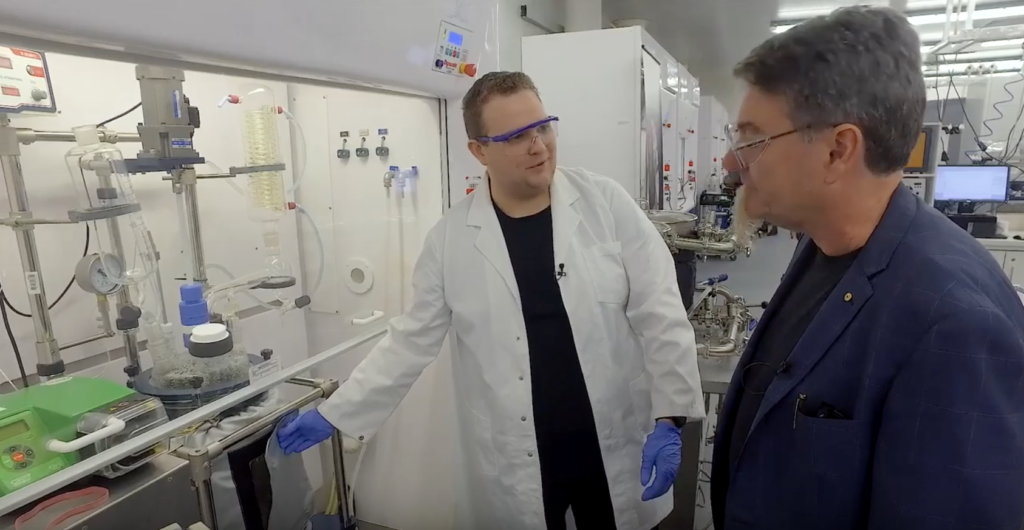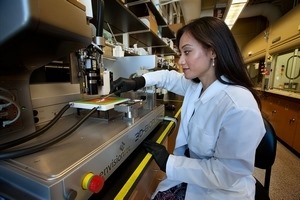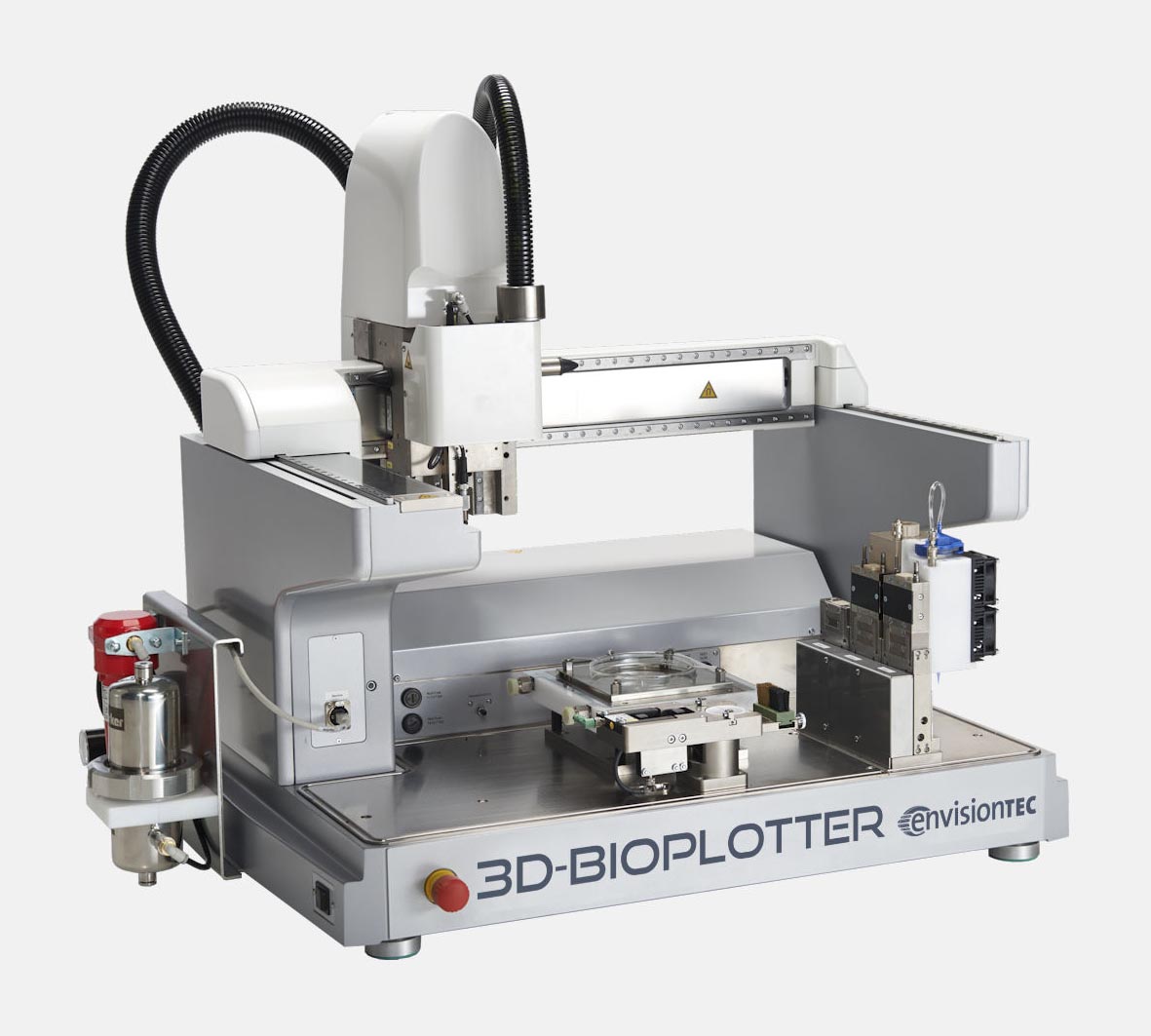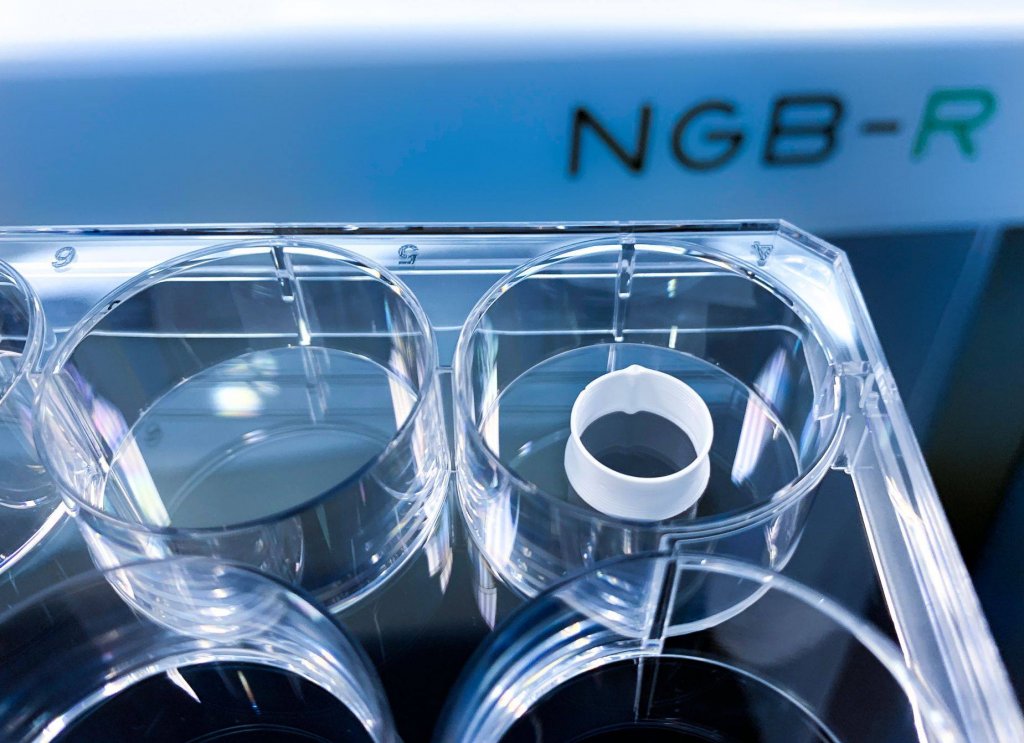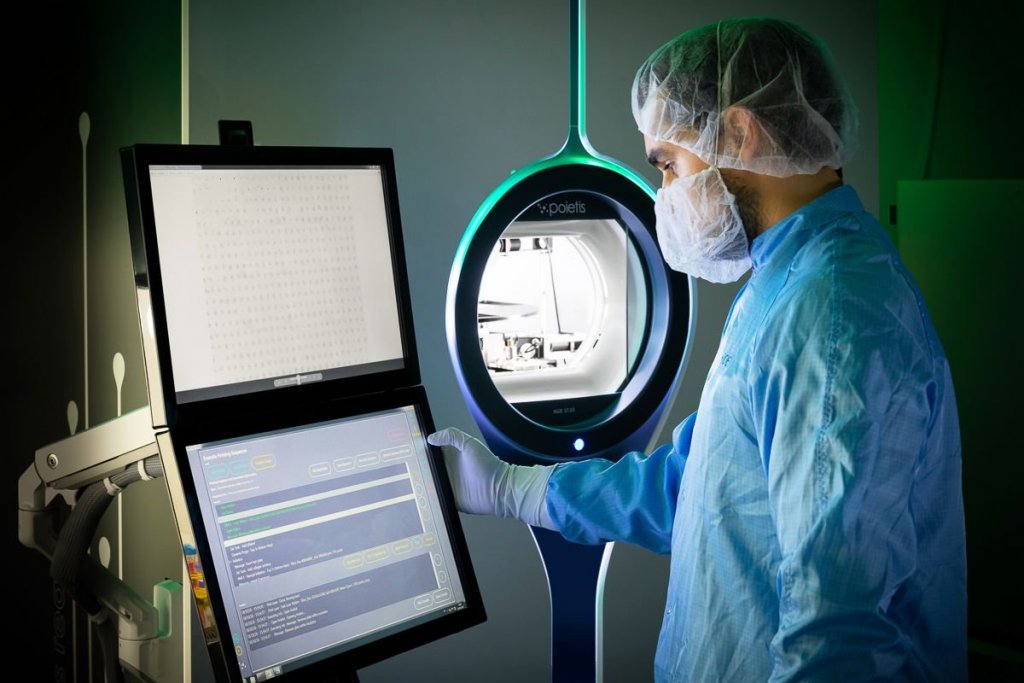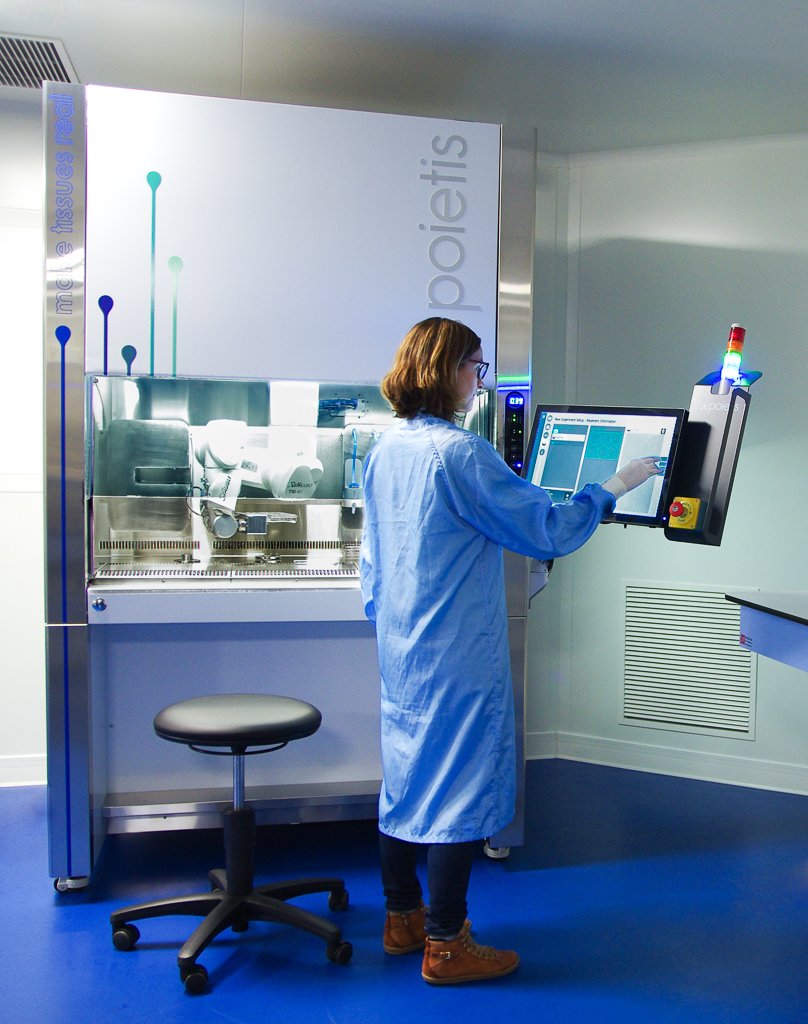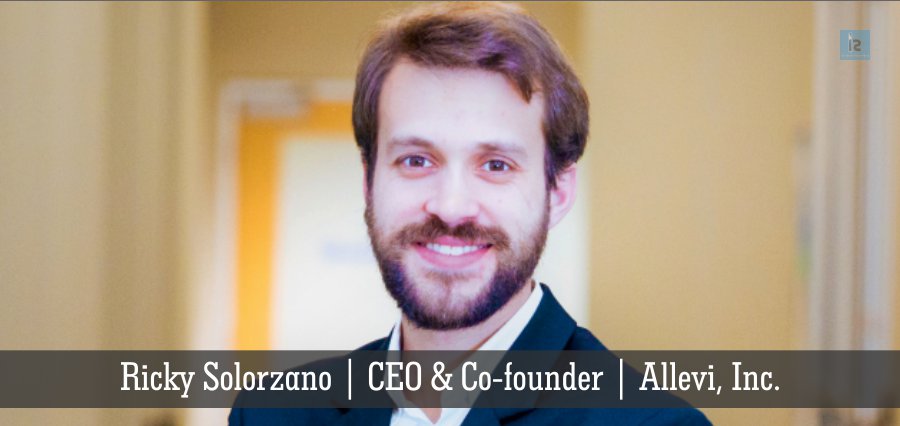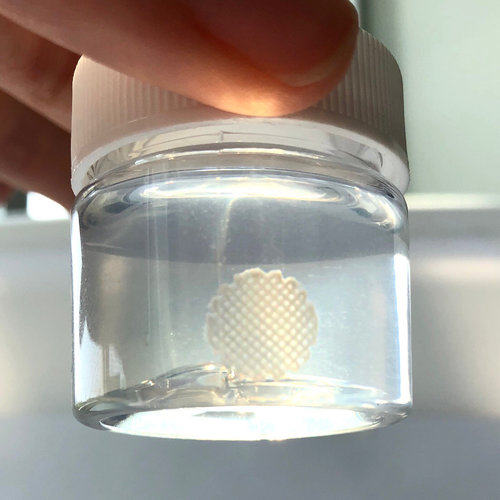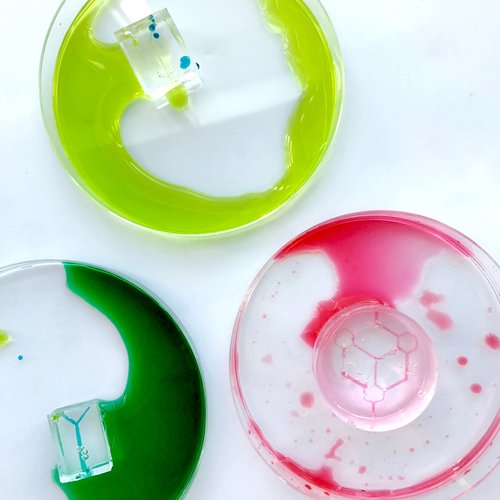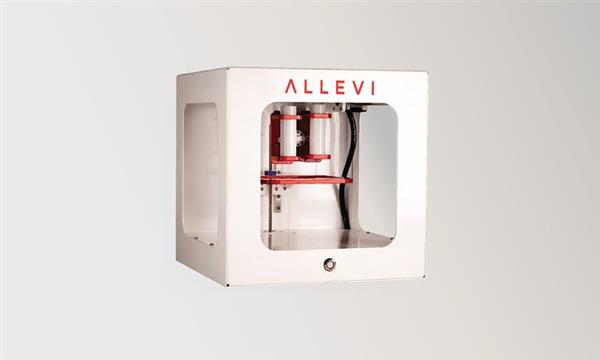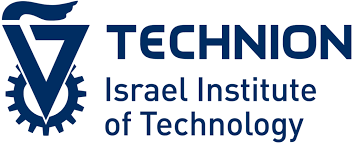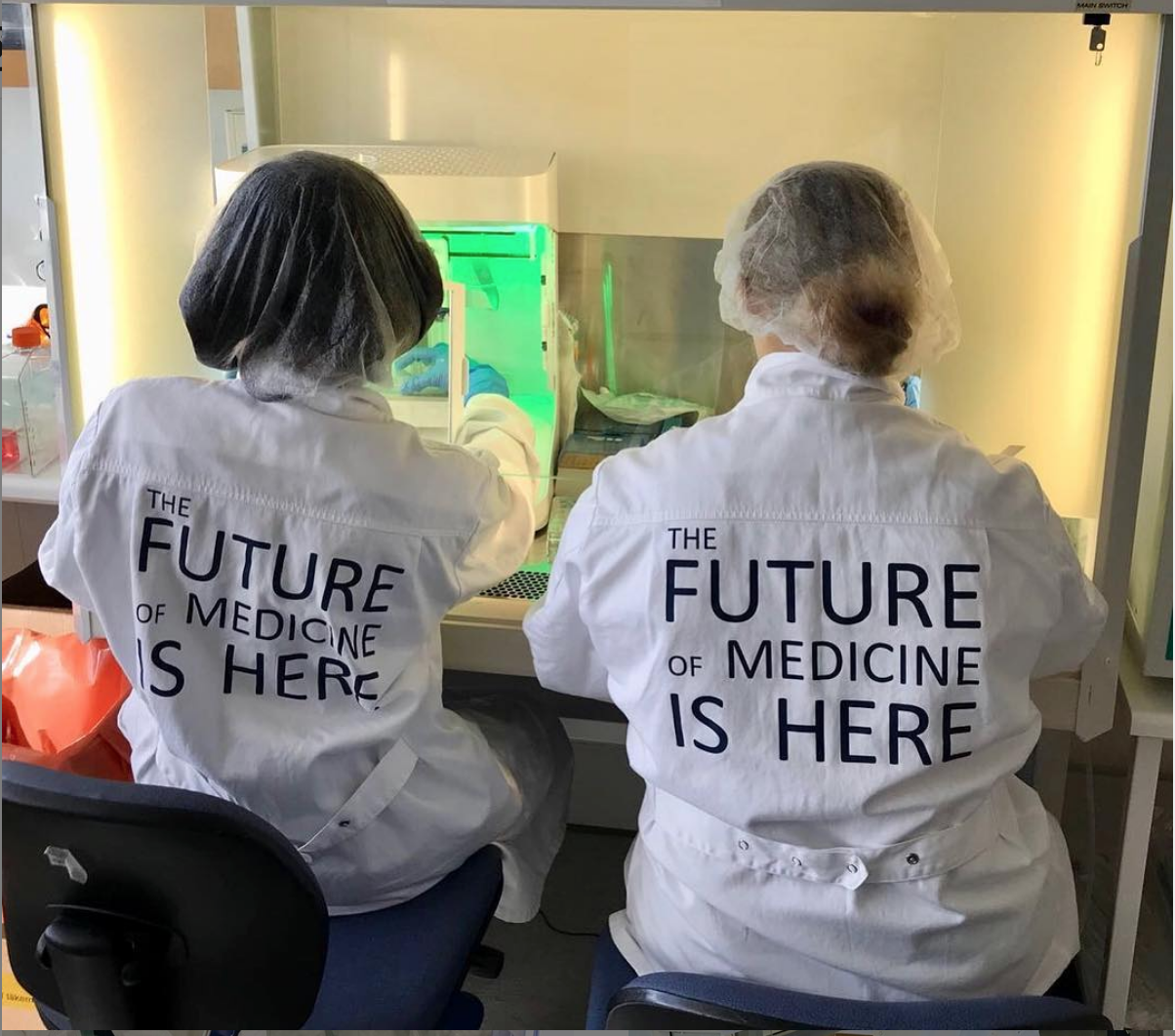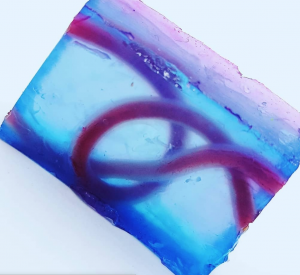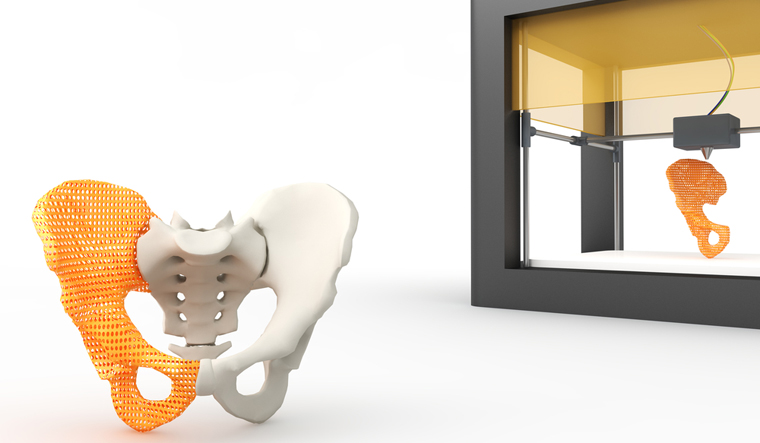 After peeking into some of the research labs at the ARC Centre of Excellence for Electromaterials Science (ACES), located at the Intelligent Polymer Research Institute (IPRI) in Australia’s University of Wollongong (UOW) Innovation Campus, thanks to a virtual tour by Gordon Wallace, Executive Director of ACES, audiences were able to get a first-hand look into another building at UOW. In the second part of the tour, Wallace showed the recently inaugurated Translational Research Initiative for Cell Engineering and Printing (TRICEP) and how it is leading the initiative for 3D bioprinting, encompassing bioinks, bioprinters, and bioprinting process developments, including the manufacturing of medical devices and the integration of living cells delivered using customized bioprinters to address specific medical challenges, and ultimately how they will scale up production of each of this innovations.
After peeking into some of the research labs at the ARC Centre of Excellence for Electromaterials Science (ACES), located at the Intelligent Polymer Research Institute (IPRI) in Australia’s University of Wollongong (UOW) Innovation Campus, thanks to a virtual tour by Gordon Wallace, Executive Director of ACES, audiences were able to get a first-hand look into another building at UOW. In the second part of the tour, Wallace showed the recently inaugurated Translational Research Initiative for Cell Engineering and Printing (TRICEP) and how it is leading the initiative for 3D bioprinting, encompassing bioinks, bioprinters, and bioprinting process developments, including the manufacturing of medical devices and the integration of living cells delivered using customized bioprinters to address specific medical challenges, and ultimately how they will scale up production of each of this innovations.
At TRICEP, scientists are using fundamental advances in materials science and engineering to solve real applications. The new facility was created last year to translate the advances into a manufacturable prototype or commercial product.
During this second part of the tour, Wallace explored the development of bioinks and bioprinters that will be commercially manufactured in the future, which is why the focus is more on material applications and protocol development for the manufacture of the bioinks and customized printers. A big part of what the researchers do involves exciting new developments to address very critical medical challenges, which in turn, create a commercial opportunity, according to Wallace.
“This is a great facility that incorporates the development of bioprinters, something you won’t find in a conventional university research environment, and we are taking all those 3D printing processes and making them ready for manufacture by implementing a quality management system that alows us to reallize real commercial opportunities,” suggested Wallace.
BIOINKS
The fundamental formulation for the bioinks developed come from the IPRI lab (as seen in the first part of the virtual tour), and TRICEP researchers need to use the new facility to scale it up and make it into a reliable product, but now without some challenges. Alexander Martyn, a Synthesis and Fabrication Chemist at TRICEP, is leading the bioink revolution and said: “Everything related to upscaling is a lot different here because we have to explore every single parameter of the experiments so that when we make the larger batches of bioink, they are reliable.”
“We usually need to go back to the source of the material. For some of the research work, small scale is easy to achieve, but here you need to know the primary source of the material to ensure quality control. Before we start making a large scale production of the bioink we have to undergo a suite of characterization to determine a high purity, which basically means determining if it is a very good product for us to work with. So first we would characterize the material to ensure the qualities and then we turn it into the bioink,” said Martyn.
“We start with small scale reactions, that give us between 20 and 50 grams in scale, much more than the one gram that is used for research. And then we turn to our bioreactors, one of them is a 10-liter reactor, capable of generating quantities of upto 500 grams. It is controlled by a thermoregulation unit plummerd throug the external wallls, so that we can control the temperature and collect the material. We also have a 20 litre reactor, capable of producing kilogram batches, which is the big leap into an industrial process,” he went on.
PRINTING PRINTERS
At TRICEP, researchers are using conventional 3D printers to create a range of customized 3D printers which help them address important research challenges in the medical spheres and built new tools to train the next generation of biofabricators.
Stephen Beirne, Additive Fabrication Capabilities Head at TRICEP, explained that “one of our capabilities includes printing printers. We have a range of additive fabrication tools and have recently been able to expand, even more, acquiring a Mimaki 3D printer that allows us attain components in full-colour representations, that gives more detail so that our collaborators and commercial partners get real realizations on the parts they want to produce. Overall, these systems enable us to print new components for new printing systems.”
TRICEP is a 100 percent owned University of Wollongong initiative that draws on expertise and facilities available within ACES and the Australian National Fabrication Facility (ANFF) Materials Node, both based at the UOW Innovation Campus. It houses a range of additive manufacturing technologies, including the highest resolution metal printer in Australia and the country’s leading biofabrication capability to develop biomaterials, with teams producing specialized 3D printing devices and customized bioinks to treat specific medical conditions, such as wound healing and artificial skin for burn victims.
TRICEP can commercialize opportunities in 3D bioprinting including printer manufacturing, biomaterials, bioinks, and material-cellular combinations to address significant industry challenges that require an exclusive, tailored solution, bringing to life novel technology from concept stage through to prototyping and manufacture of hardware and the formulation of customized bioinks to accelerate product development and rapidly decrease time to market.
Professionals at the TRICEP facility are creating and developing prototypes, making sure that these are ready to be manufactured at scale. Instead of making devices and integrating those into commercial type platforms, they are developing their own customized platforms for clinical challenges at hand, that allow for additional functionalities, such as to incorporate additional extruder or deposition techniques simultaneously as well as cross-linking methods.
For example, they are developing a series of handheld devices that are ideal for practical use in a clinical environment. Beirne described that “to characterize the device as we are going into our experimental protocols it is ideal to be able to transfer our mounting system into a tri-axis stage or even a five-axis stage, to have fine control over the scaffold and structures that we produce, to then be able to determine the repeatability and the consistency of the printing system we have developed.”
And the best part is, they have a whole suite of these, like the iFix pen, a cornea-correcting device created in collaboration with ACES at UOW. Beirne uses metal additive fabrication, basically, two selective laser melting systems, the first has a cylindrical build volume with a maximum built height of 74 mm (probably Trumpf or Sisma), while the newest and most recent system they added to the facility is a Concept Laser that allows printing volumes of 100mm x 100mm x 100 mm. They can also print in a range of different metals, like stainless steel and titanium, allowing for high resolution, low surface roughness components that are ideal for customized prototypes. He said that some of these structures are difficult to make with conventional manufacture devices.
“Some of the printers we created have also become educational printers and are an important part of our online teaching program. We have a graduate certificate on biofabrication which is available now, and that is the course work necessary to move to to the masters of biofabrication and it is exposure to this type of printers that give high level and state-of-the-art training in 3D printing. So that our prospective engineers and bioengineers have a range of tools and capabilities for them to learn, from the fundamentals of the 3D positioning systems all the way to the development of the mechanical extrusion mechanism and temperature management to allow them to see what happens to different materials and temperature conditions, printing conditions or extrusion parameters,” said Wallace.
One last customized printer to look at during the tour is 3D Alek, the bioprinter that replicates human ears for patients with microtia, built in collaboration with Payal Mukherjee, a nose and throat surgeon and Associate Professor at the University of Sydney School of Medicine. All of the components were built at the facility and it is able to print three different materials, each having their individual printing speed and condition.
The in-house ability of TRICEP researchers to develop both customized hardware and bioinks, as well as the growing clinical network, makes them uniquely placed to help companies create a complete end product that is tailor-made to combat a specific medical challenge. In addition, their extensive medical network throughout Australia helps them develop clinically relevant systems and protocols.
“All the projects are driven by real clinical needs, we are very fond of working with clinicians around the country who are really defining the challenges with us, and implementing a plan with us, and then helping us in terms of translation,” said Wallace.
You can tune in to see the second part of the virtual lab tour here.
The post An Inside Look into the ACES Lab (Part II: TRICEP) appeared first on 3DPrint.com | The Voice of 3D Printing / Additive Manufacturing.

